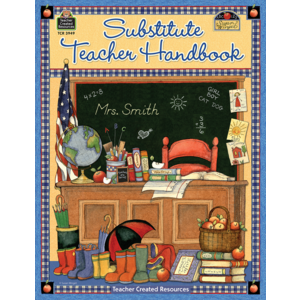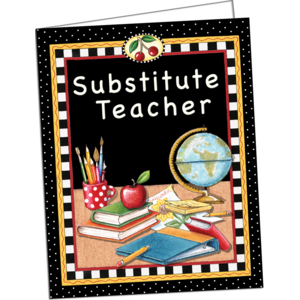End of the School Year
The end of the school year tends to sneak up on us. This is the time to make an effort towards origination and preparation so that the transition to next fall will happen smoothly.
Packing Things Away
Begin packing things away when you know you are finished using them. This process may begin as soon as the first few weeks of school have gone by. Think about each item you use each day. If you no longer have a use for it and can’t foresee using it during the remainder of the academic year, pack it. It will leave more room for more important items in your classroom.
Making lists
Make another list labeled “End of the Year” and create a file for it. Run copies of this list to use at the end of the school year. Place a check mark near each item that you complete. You may want to indicate the completion date next to it. Always save this list for reference. Store it in your “End of the Year” file. An example of the end-of-the-school year list follows, to be adapted to your needs.
End of the Year
ï¯ Hand out all papers.
ï¯ Finish record keeping.
ï¯ Complete report cards.
ï¯ Follow up on all parent communications.
ï¯ Pack away all posters.
ï¯ Pack away all supplies.
ï¯ Pack away all resources
ï¯ Wash boards.
ï¯ Clean out student desks.
ï¯ Plan lessons for the first week of school in the fall.
ï¯ Gather materials for the first week of school in the fall.
ï¯ Go through all mail and magazines.
ï¯ File all papers.
ï¯ Go through old files and clean them out.
ï¯ _____________________________
ï¯ _____________________________
ï¯ _____________________________


